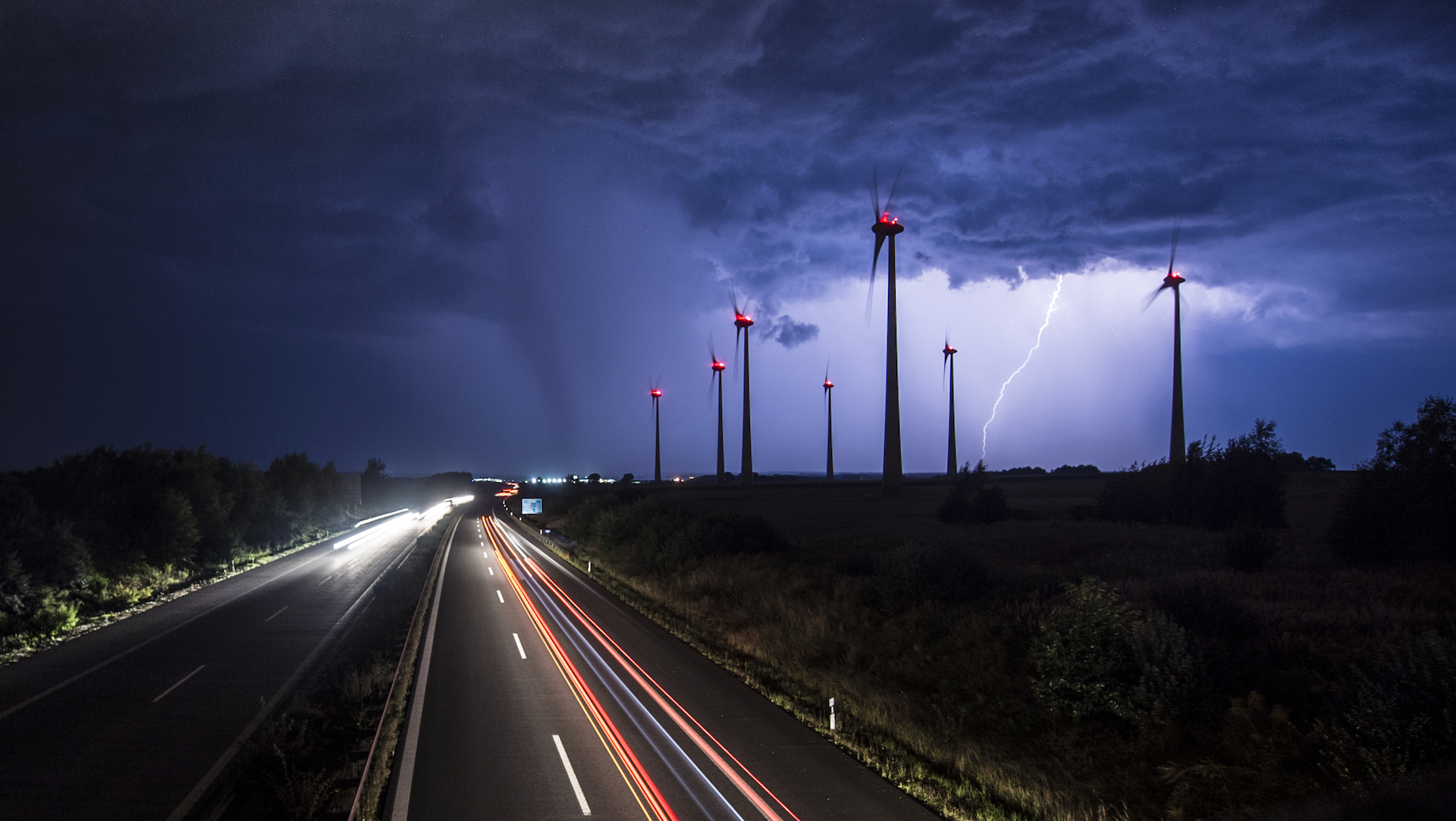

It’s been quite a year for Tesla Autopilot, hasn’t it? The electric automaker’s semi-autonomous driving mode has alternatively been: filmed crashing, filmed saving a man’s life, filmed failing to stop for pedestrians, called out by Consumer Reports, seen hitting a parked car (twice), and come under criticism for fatal wrecks in Florida and China. Now, you can add “crashing on the German autobahn” to that list. Or maybe not.
The backstory: On Wednesday evening, local news in Germany began reporting that a Model S had collided with a bus on a stretch of autobahn near Gudow, about 30 miles east of Hamburg. The Tesla driver, who is 50-years old, sustained minor injured during the crash. None of the 29 passengers on the bus, which had Danish license plates, were hurt. The following day, the Ratzeburg police confirmed that Autopilot had been engaged when the wreck occurred, according to the driver. That police statement, which can be read in its entirety here, is titled “Autopilot funktionierte nicht – Zusammenstoß mit Bus.” Or, in English (via Google Translate), “Autopilot was not working – Collision with bus.”
Police relayed that the Tesla hit the bus, which was overtaking, from the rear. The statement contained the following line (also translated via Google): “The car driver stated that he had used the autopilot of the car. Why this did not work, now has to be reviewed.” The story was picked up by the Associated Press and Reuters, and republished worldwide. Autopilot, it seemed, had failed in negotiating the frantic German autobahn, where speed differentials between the lanes can reach triple digits.
Not so fast. On Thursday, a spokesperson for Tesla responded:
We have spoken to our customer, who confirmed that Autopilot was functioning properly and that his use of Autopilot was unrelated to the accident. We’re glad that he’s safe.
Then, on Friday, the Ratzeburg police released a second statement, available here, with a title translating to “correction / Supplement.” The main text of the revised brief reads:
After matching testimonies of several of the bus passengers, the bus driver had almost completed the overtaking and has already changed again with about 3/4 of the bus on the right lane. At this time, drove a 50-year-old man from Brandenburg with his car Tesla on to the bus. The exact cause of the accident is still unclear. First investigations result was on the driving assistant of Tesla.
So officials aren’t ruling out the possibly that Autopilot played some role in the accident. But, basically, it appears that a bus simply sideswiped a car, while the latter happened to be operating in a semi-autonomous capacity. As long as none of the Tesla’s other safety system (Side Collision Avoidance, Automatic Emergency Braking) malfunctioned, we’ve all missed the bigger story.
Because, in the autobahn crash, we have the realization of a momentous self-driving car hypothetical: How can, or should, an autonomous vehicle consider collateral damage in an accident situation? Here, the car hit a bus filled with people rather than swerving into another lane, causing another (potentially less catastrophic) wreck. Of course, at least for now, the human behind the wheel is still ultimately responsible. Maybe they always will be.